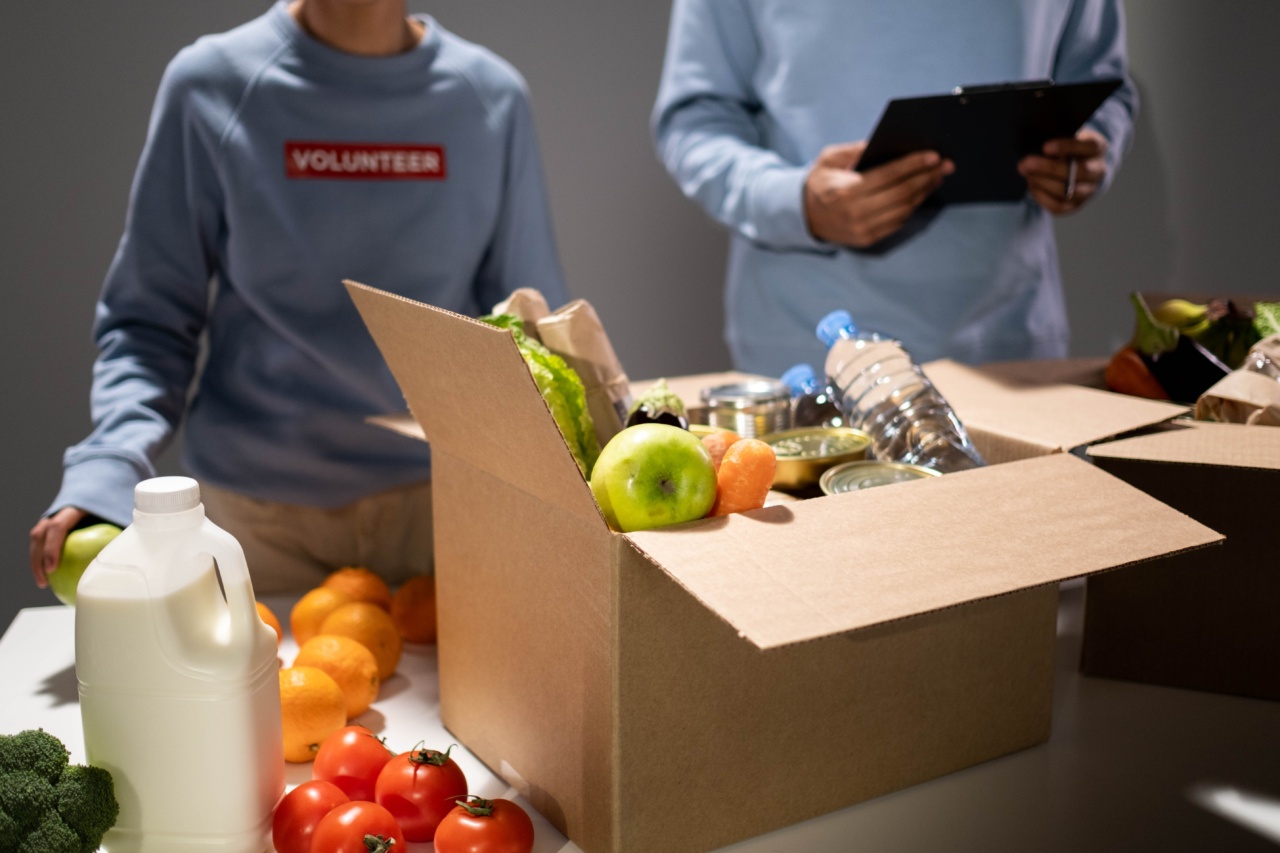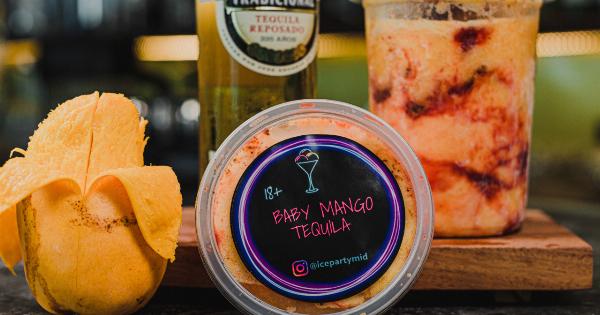When it comes to food packaging, it’s crucial to pay attention to the labels. Food companies are known for using misleading terms on their packaging to attract consumers’ attention and boost sales.
However, it can be challenging to understand what those words on your food labels might mean. Here are 10 misleading terms that often appear on food packaging, along with the reality behind them.
Natural
Many food companies use the term “natural” to make consumers believe that their products are healthier. However, the term “natural” has no legal definition and can be misleading.
Many harmful chemicals are found naturally, so it doesn’t necessarily mean that a product is safe just because it’s labeled “natural.”.
Organic
The term “organic” indicates that a product is free from synthetic pesticides and fertilizers. However, just because a product is labeled “organic” doesn’t mean it’s entirely free from pesticides.
Organic farmers may use some pesticides that are derived from natural sources, and their use may be permitted under organic regulations.
No Added Sugar
The term “no added sugar” leads consumers to believe that a product is free from sweetness. However, the product can still have naturally occurring sugar.
The term “no added sugar” doesn’t mean that the product is low in calories or a healthy choice.
Gluten-Free
Many people believe that “gluten-free” means a food is healthier and lower in calories. However, gluten-free products can be just as high in calories and sugar as their gluten-containing counterparts.
The term “gluten-free” is crucial for people with celiac disease and gluten intolerance, but it doesn’t necessarily mean a product is healthy.
Low-Fat
Many people think that “low-fat” products are inherently healthier and will help them lose weight. However, low-fat products can still have high amounts of sugar, salt, and calories.
Additionally, some products labeled low-fat may have added fillers and chemicals to compensate for the reduced fat content.
Free-Range
The term “free-range” implies that animals were raised in an open, spacious area, and are allowed to roam and graze.
However, there is no legal definition for “free-range.” For chickens, it only means that they have access to the outdoors at some point during their lives, but there’s no guarantee that they spend any substantial time outside.
All-Natural
“All-natural” implies that a product is pure and wholesome. However, the term “all-natural” has no legal definition and doesn’t necessarily mean that the product is free from artificial ingredients or preservatives.
Multi-Grain
The term “multi-grain” may fool consumers into believing that a product is made from multiple whole grains.
However, “multi-grain” only means that a product contains more than one type of grain, and doesn’t necessarily mean that the grains used were whole grains.
Fortified
The term “fortified” means that a product has been enhanced with added vitamins or minerals. However, fortified products aren’t necessarily healthy or nutritious.
The added nutrients may not be well-absorbed by the body, and fortified products may still be high in sugar, salt, or calories.
Serving Size
Consumers may assume that the nutritional information on a product is based on the entire package. However, the nutritional information is based on the serving size listed on the package.
The serving size may be smaller than what most people would consider a serving, which can lead to overconsumption of calories, sugar, and other nutrients.
Conclusion
When shopping for food, it’s essential to read and understand what the labels on the packaging signify. Marketing tricks and misleading terms can lead to poor food choices and can negatively impact your health.
Always consider the nutrient content and read the ingredient list before purchasing a product to make an informed decision.





























